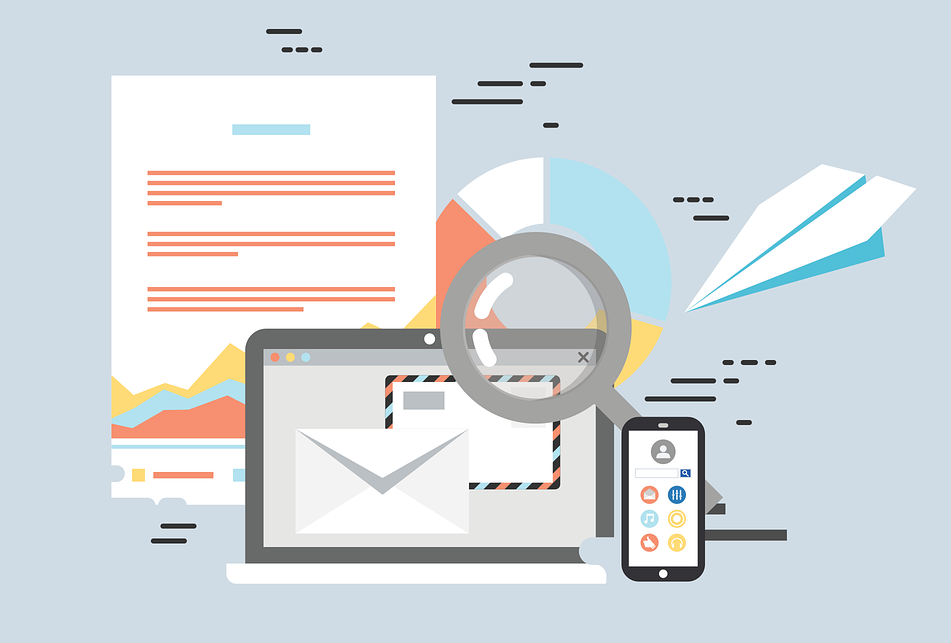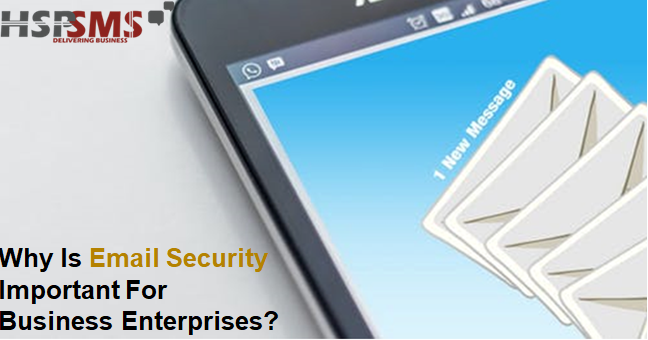How to Write Email Subject Lines That Always Generate Clicks
The subject line, just like any other headline, must draw the subscriber’s attention and make him/her read the email. However, not only the open rate that depends on the subject. The mailing headline indirectly has an influence on the clicks and unsubscribes number, as well as how the relationship between the company and the subscriber will develop. Here’s what to write in the subject line.
How long should the subject line be?
The longer the subject line is, the less open the letter gets. People usually open emails with subject lines of 10-20 characters most of all. These results are expected because short topics have several advantages:
✔️ They stand out in the mailbox.
✔️ They help you quickly understand what the email is about.
✔️ Displayed normally on mobile. If email clients show 60 characters of a subject line on a computer, then on a mobile device it’s only 30. At the same time, 3 out of 5 people check their mail on a smartphone.
Therefore, it’s better to make short headlines and consider not only openings but also clicks.
What about elements of the subject?
As a matter of curiosity, among the mailouts sent by U.S. email marketers, only 7% of emails contain emojis in the subject line. The reason is that not all devices display emojis correctly. Although there are examples where emojis increase open rates if used appropriately. Here are a few of them:
📝 Don’t add more than one emoji to a topic. According to Mailchimp research, the best thing is to use only one emoji at a time.
📝 Mind the subject line of your email. Use emojis only when they complete and enrich the subject line.
Capital letters and Exclamation marks
Catchwords and many exclamations have been a sure sign of spam for a long time. Over 30% of U.S. email marketing experts use only capital letters in the subject line and aren’t afraid of being blocked. With exclamation marks, their abundance still has a negative impact on both email deliver-ability and open rate.
Here’s useful advice: if you’re just going into the emailing business, it’s much better not to take risks and do without the caption. If you’ve already developed a reputation as a decent sender, try experimenting. For starters, add one or two words in capitals and track the delivery rate and the percentage of openings.
Stop words
The most popular stop words are “free, “help, “reminder”. Using the word “free” can have a negative effect on your email opening rates. The same effect extends to other words that sound like “spam”: “help” and “reminder. There are many psychological tricks you can use when offering discounts and free offers to make them more eye-catching. Generally, you don’t even need to use the word “free” for people to get the idea, so there’s no use spamming in the subject lines.
Creativity in the subject line: is it a good or bad thing?
If you describe the essence of the email in one sentence, you get a headline. That’s all. However, email marketers, in order to stand out in the inbox, often make up with creative headlines. Is this the right decision? Sean Bestor, Global Employer Brand Marketing at Whole Foods Market, decided to find out what creative headlines for subscription forms would do. Surprisingly, straightforward headlines were more effective 88% of the time.

So what are the disadvantages of the creative approach? First, there’s a chance that the reader won’t get your idea, and will just delete the email. And second, it takes more time to make up a creative headline. At the same time, it will come in handy to check the original themes on your audience from time to time. However, don’t forget to make sure they match the content of the letter.
Model of effective subject line: Tech 4U
The approach suggests planning the subject line according to four criteria:
● Usefulness;
● Uniqueness;
● Ultraspecificit;
● Urgency.
Example: “Wing in 10 new customers tomorrow when you order Instagram ads today before 6 p.m.” You’ll probably find plenty of examples of these letters in your mailbox. Or maybe you won’t.
The whole point of email subject lines
There are many methods and techniques for writing email subject lines that always generate clicks. However, there are two key criteria that any mailing subject line must meet:
➢ Relevance. When the subject does not follow the content of the letter, subscribers feel cheated. They lose trust in the company and are unlikely to read such emails in the future. Manipulation, imaginary bonuses and far-fetched intrigue will increase your open rate, but they will damage the most important thing in email marketing — the subscriber relationship.
Relevance is so important that Oracle marketer Chad White suggested introducing the concept of “opener’s remorse.” According to research, irrelevant email subject lines are the main reason for users to unsubscribe.
➢ Benefits. Why is it vital for addressees to read your letter? The answer to this question is better reflected in the subject line. This will catch the subscribers’ attention and save their time. Furthermore, this way you can additionally test the emails. If you can’t plan the topic in a way that is useful to the reader, you should work on the content.
Conclusion
Email subject lines are a marketing element that directly affects user behavior. If your headlines don’t attract subscribers, there are chances they won’t even open your emails. And there’s only one thing left to add: don’t waste a lot of time trying to think of a supertopic. The subject line is important, but the content of the email is far more important.
Litmus research confirms this: 42% of subscribers look at the sender first when deciding whether to open the email. Addressees associate the sender’s name with the quality of the mailouts. Remember, the first place is quality content with care for the recipients, the second is the choice of email subject line.
Author Bio:

Isabelle Jordan is a business and marketing journalist at Ekta Traveling insurance company. She writes for different news portals and thematic blogs that helps her stay at the heart of the travel and insurance news. Isabelle knows everything and more about travel insurance. Click here to read about all the details of the medical insurance policy for traveling abroad.


